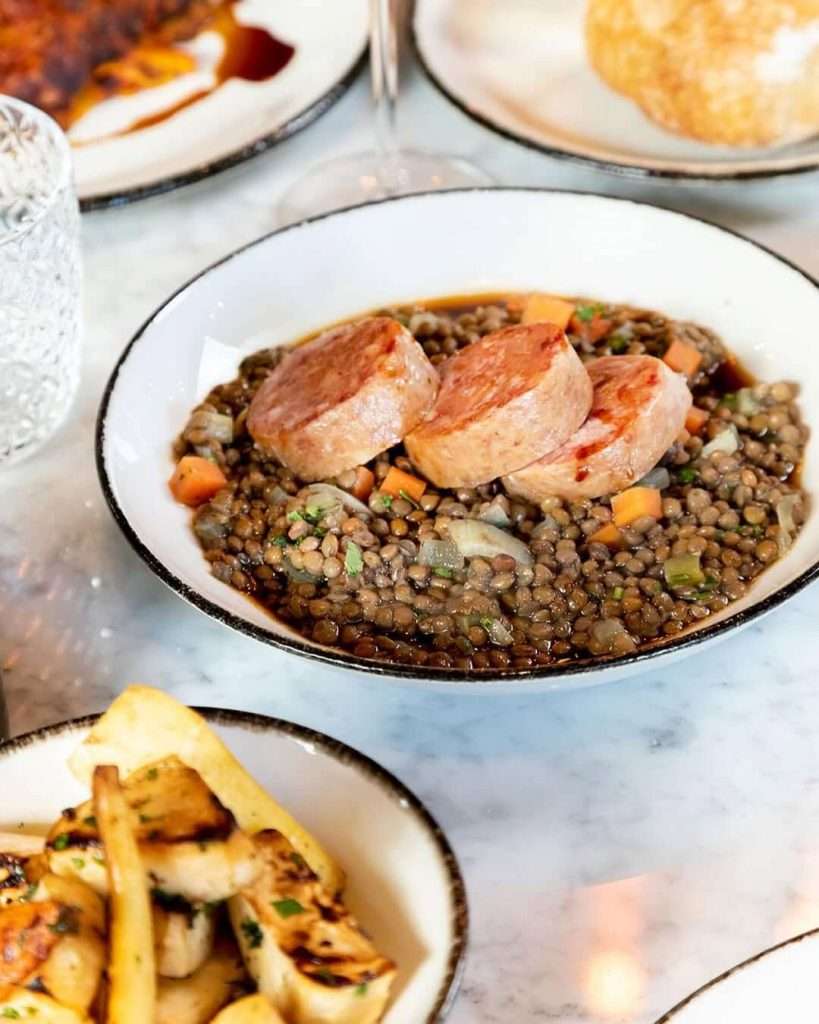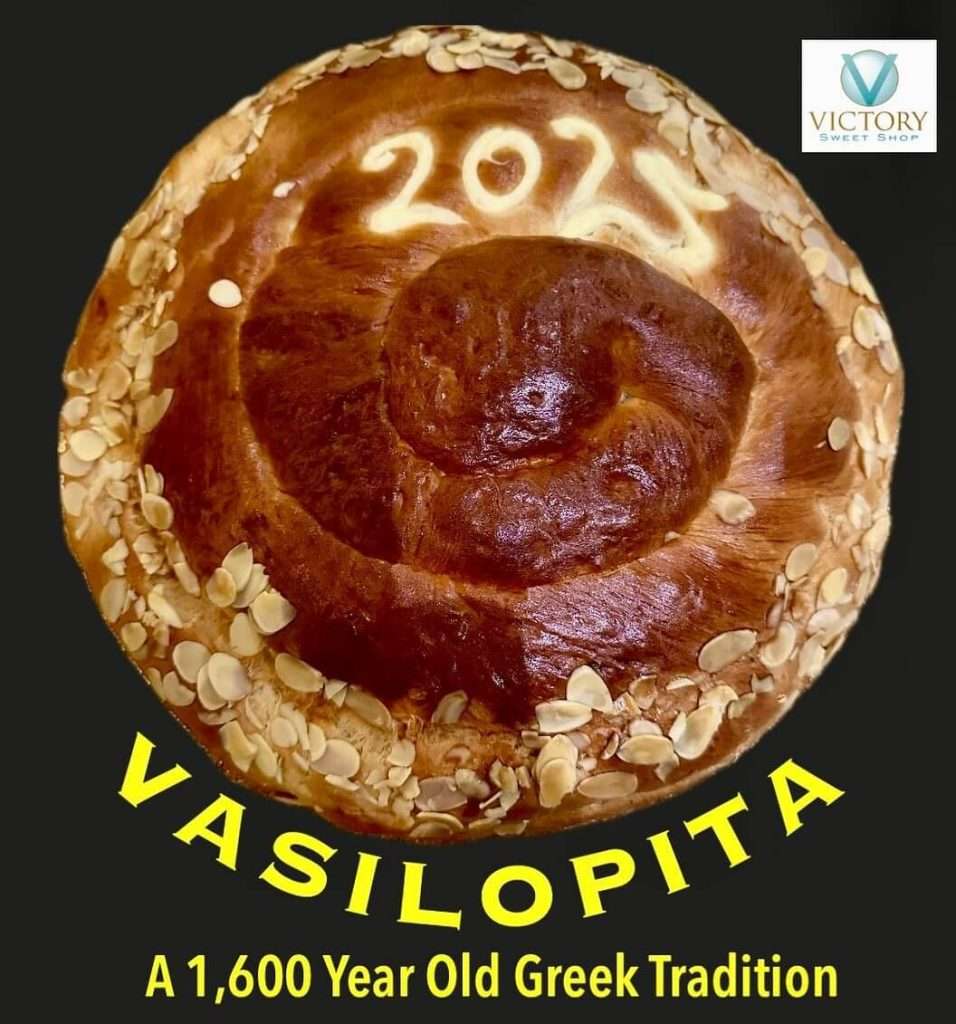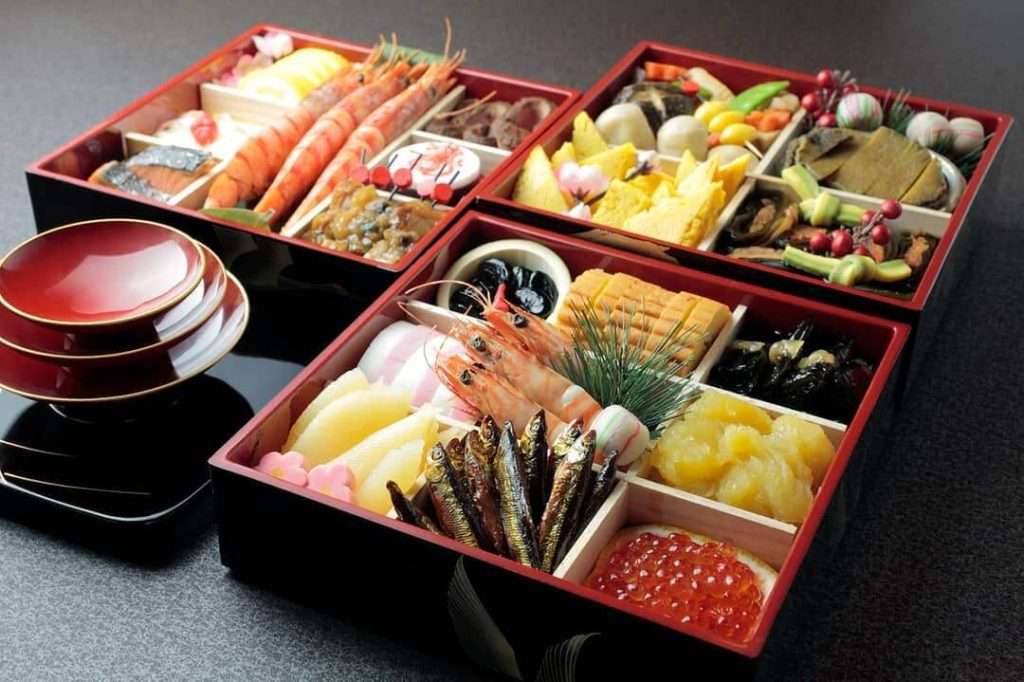Let’s explore some of the most fascinating New Year’s food traditions from around the globe. New Year’s celebrations are marked by unique traditions worldwide, and one of the most significant is the food shared to welcome the year ahead. These dishes often symbolize good fortune, prosperity, and health, reflecting the cultural values of each country.
Southern United States: Black-Eyed Peas and Collard Greens
In the Southern United States, New Year’s meals often feature black-eyed peas, collard greens, and cornbread. The peas signify luck, the greens represent money, and the cornbread’s golden color symbolizes wealth. Together, these dishes are believed to ensure a year filled with prosperity and success.
Spain: Grapes for Good Luck

In Spain, the New Year’s tradition involves eating 12 grapes at the stroke of midnight—one for each chime of the clock. Each grape represents a wish for good luck in each of the 12 months of the year. Successfully eating all 12 grapes in sync with the chimes is believed to guarantee a prosperous year ahead.
Italy: Lentils and Cotechino Sausage, A Symbol of Wealth

In Italy, lentils are enjoyed alongside cotechino sausage as a New Year’s Eve meal. The round shape of lentils resembles coins, symbolizing financial success, while the rich and hearty sausage represents abundance. This tradition has roots in ancient Rome and continues to be a staple for Italians ringing in the New Year.
Greece: Vasilopita, A Cake for Good Luck

In Greece, New Year’s celebrations include cutting a special cake called vasilopita. A coin is hidden inside the cake, and slices are distributed among family members. Finding the coin in your slice is considered a sign of great luck for the year. This tradition honors Saint Basil and brings families together in a festive spirit.
Philippines: Round Fruits for Prosperity
In the Philippines, it’s customary to prepare 12 round fruits on New Year’s Eve. The round shape resembles coins, symbolizing wealth and good fortune. Each fruit represents a wish for abundance in every month of the coming year. This tradition, influenced by Chinese culture, remains a beloved practice in Filipino households.
Korea: Tteokguk, A Symbol of Renewal and Longevity

In Korea, the New Year’s Day meal centers around tteokguk, a soup made with thinly sliced rice cakes in a clear broth. This dish signifies a fresh start and is believed to add a year to one’s age. The long and cylindrical shape of the rice cakes symbolizes longevity, while their pristine white color represents purity and renewal. Families gather to share this dish, reflecting unity and good fortune for the year ahead.
China: Dumplings and Longevity Noodles, A Wish for Wealth and Long Life
In China, dumplings (jiaozi) are a must-eat during Lunar New Year celebrations. Their shape resembles ancient Chinese ingots, symbolizing wealth and prosperity. Families often prepare dumplings together, reinforcing bonds and creating a joyful atmosphere. Longevity noodles are another staple, with their long strands symbolizing a wish for a long life. Eating them without breaking the strands is believed to ensure this blessing.
Japan: Osechi Ryori, A Feast of Fortune

In Japan, New Year’s Day is celebrated with osechi ryori, an assortment of beautifully arranged dishes packed in lacquered boxes. Each item carries a specific meaning: shrimp represents longevity, herring roe symbolizes fertility, and lotus root signifies a clear vision of the future. These dishes are carefully prepared to bring health, happiness, and prosperity.
The Message Behind New Year’s Food Traditions
New Year’s foods from around the world are more than just meals; they are rich with symbolism and cultural significance. Whether it’s eating dumplings in China to attract wealth, sharing tteokguk in Korea to mark a fresh start, or enjoying grapes in Spain for good luck, these traditions reflect universal hopes for happiness, prosperity, and health.
As 2025 approaches, why not try incorporating a dish from another culture into your celebration? It’s a delicious way to connect with the world and bring a touch of international good fortune to your New Year’s table.
Happy New Year! 🎉✨



